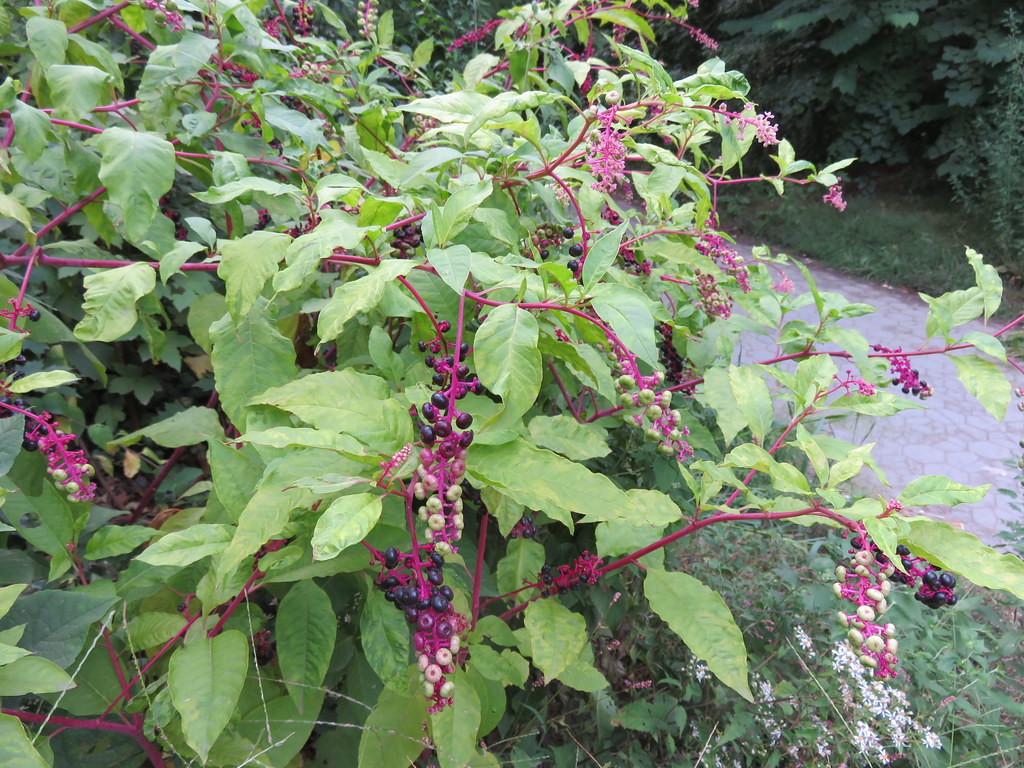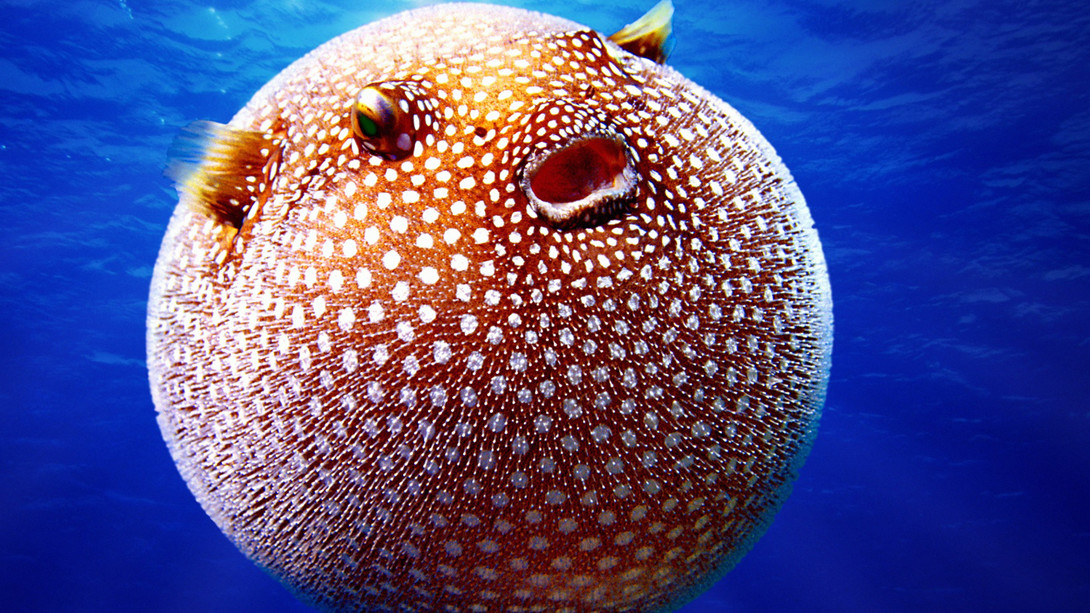A few years ago, I wrote about how a seemingly charming weed was growing everywhere on my old terrace.
In the blink of an eye, these weeds became slender trees, growing over 6 feet tall.
I found myself admiring their tenacity and ambition, and also their pretty burgundy berries.
That is until Google Image Search revealed that they are actually pokeweed, all parts of which are poisonous.
Although the root is the deadliest, just ten berries (the size of small peas) are toxic to an adult.
Even one berry can kill a baby.

The pokeweed traveled with me to my new apartment as an uninvited guest.
According to the Brooklyn Botanical Garden’s Weed of the Month Column,
–– who knew something that quirky and wonderful even existed! ––
a single plant can produce 48,000 seeds that are viable in the soil for 40 years.
(Destiny’s Child’s Survivor could truly have been written about pokeweed.)
Here’s the thing though…
There are several cookbooks which swear that pokeweed is delicious––that is if you boil it three times and change the water each time.
(Otherwise, it will pretty much kill you. It is the vegetarian’s Puffer Fish, in other words)

My research, however, has failed to come up with a history of how those recipes were determined.
Did some very optimistic chef think, “Well, everybody died after I boiled it twice…Let’s try for three boils this time and see what happens. Fingers crossed!”
And yet, as with many seemingly deadly things, there are also some medical uses.
Native Americans in the Rockies used pokeweed to treat epilepsy, anxiety, and neurological disorders.
And some scientists now believe pokeweed has promise in treating some cancers and inhibiting HIV cell replication.
Perhaps, as A. A. Milne, the author of Winnie the Pooh, wrote, it really is true that…
“Weeds are flowers too, once you get to know them.”
Interestingly, those deadly berries are not lethal to birds.
In fact, many species thrive on them.
Mourning doves, bluebirds, robins, mockingbirds, and red-bellied woodpeckers find them quite delicious.
And, speaking of birds, I cannot help but be reminded of Peacock Pose, one of my favorite yoga asanas, one which most people hate.

The reason most people hate Peacock is because it’s quasi-impossible.
Learning it, I spent a great deal of time falling flat on my face, uninjured but embarrassed and frustrated.
Around the time I finally mastered it, I learned how Peacock Pose got its name.
There’s a legend that the peacock––the most flamboyantly beautiful of all birds––survives by eating poisonous things.
In other words, the name is a metaphor for spiritual alchemy, for transforming the poisonous into the beautiful.
It’s taking what Seneca said––“What does not kill me makes me stronger”––one step further:
What does not kill me, transformed, might offer something beautiful.
Nonetheless, while there are no babies crawling unattended around my quarantine terrace, I still think it wise that I eliminate the threat.
Today, I will, with gloved hands and a garden spade, remove the pokeweed that’s sprouted up again…
(That means I must also suppress my desire to serve a pokeweed salad to a very small list of “challenging” individuals.)
And I might even teach Peacock Pose in today’s $1 donation class HERE…
But here’s what I will remember most from my musings on Pokeweed and Peacocks.
• During turbulent times particularly, we are all asked to be alchemists of our pain.
• And, perhaps the most beautiful rewards really do come from the most challenging encounters.
As Rumi told us 800 years ago:
“The wound is the place where the Light enters you.”
Namaste for Now…

